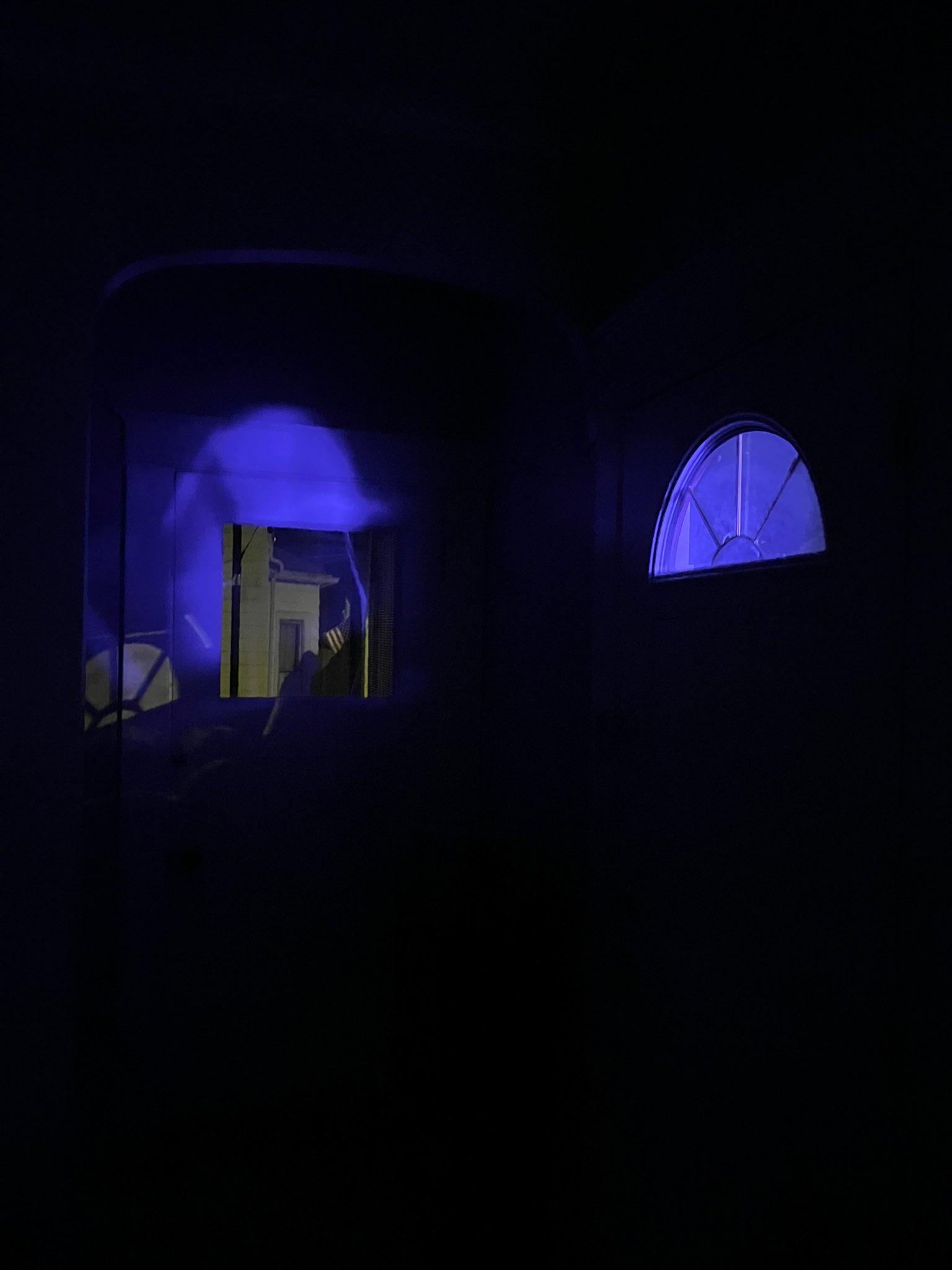What Does a Purple Porch Light Mean? The Heartbreaking Symbolism Is Part of a Movement
Turning a purple porch light on isn't just for fun; it's a matter of life or death.
Published June 14 2025, 6:56 p.m. ET
When you drive through your neighborhood, there are things you expect to see. Depending on the neighborhood, the time of year, and the vibe of the area, that may occasionally change.
But, inarguably, it's shocking if you notice your neighbor's porch suddenly light up in a vibrant color.
A conversation has been circulating online about people who choose to turn their porch lights to purple, but what does it mean? Here's what we know about the heartbreaking meaning behind this powerful movement that aims to address domestic violence.
What does a purple porch light mean?
During certain times of the year, like Halloween, you might expect neighbors to change their porch light color. Oranges, purples, and even blacklights might light up the night.
But what about when someone switches their bulb color to a vibrant purple during other times of the year?
According to a movement online, the purple light is meant to show solidarity and awareness for victims of domestic violence. Ironically, October is Domestic Violence Awareness month, but the purple lights persisted after a 2006 movement called Purple Light Nights launched in coordination with a nonprofit organization aimed at helping domestic violence survivors known as Go Purple USA.
While in some circles online people have reminded others that autoimmune disorders also use a purple ribbon, and others say it's a universal sign for swingers when used in conjunction with an upside-down pineapple, the general meaning behind the purple lights is accepted as a gesture in support of survivors of domestic violence.
The movement is encouraging solidarity and support.
Support which is clearly needed. According to the National Domestic Violence Hotline (NDVH), nearly 24 men and women are victims of domestic violence every minute, including rape, physical violence, or stalking perpetuated by an intimate partner.
And the numbers don't get better from there. Nearly 1 in 3 women (35.6%) and 1 in 4 men (28.5%) have experienced any of the above from an intimate partner in their lifetime, totaling around 12 million victims per year across the United States, per the NDVH.
When separated out by crime, nearly 1 in 5 women (18.3%) and 1 in 71 men (1.4%) have been raped over their lifetime, according to the NDVH. And when it comes to stalking, the non-profit reports that 1 in 6 women (16.2%) and 1 in 19 men (5.2%) have experienced it. Additionally, 30% to 60% of domestic abusers who target their partner also target their children, with the organization reporting that 40% of children have reported experiencing domestic violence.
With such shocking prevalence, it's clear why it would be so important to spread awareness, information, and encourage solidarity for victims and survivors. Social media, while frequently toxic, can often provide the connection and support that people in vulnerable situations might need to recognize their peril, start to formulate a plan, and reach out to resources that can help them get to safety.
As people share videos and photos online of their purple porch lights, it's more than performative; they're showing survivors that they're seen, supported, and worth helping.
If you or someone you know is experiencing domestic violence, call the National Domestic Violence Hotline at 1-800-799-7233.

